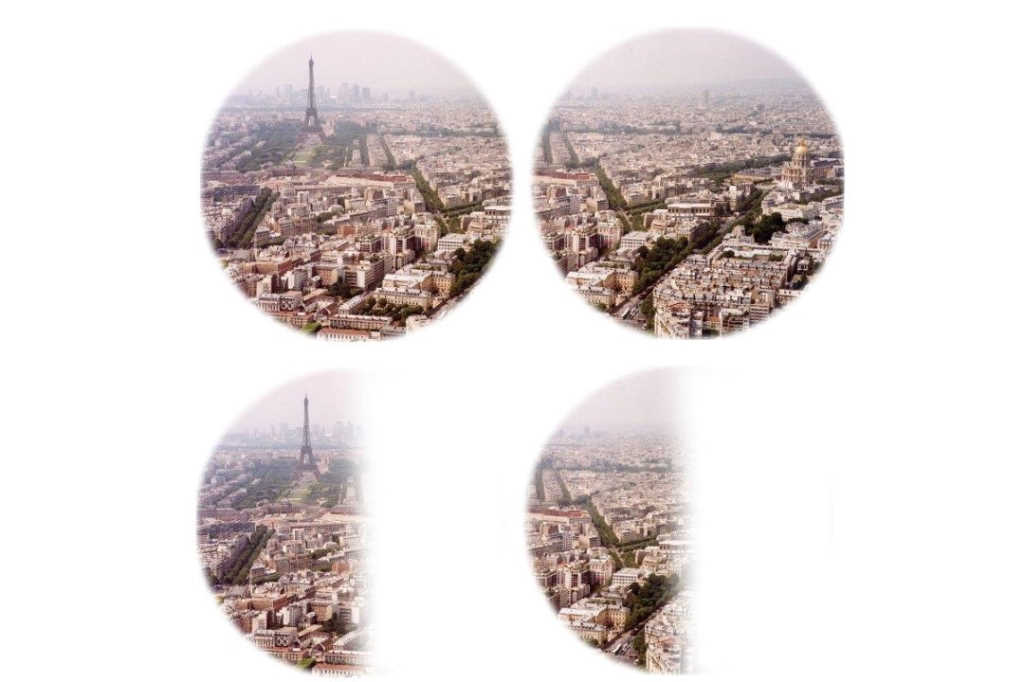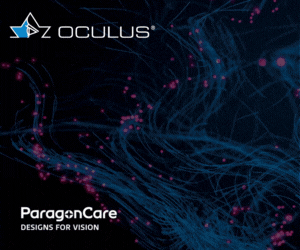Managing homonymous hemianopia
The Canterbury Low Vision Clinic at Burwood Hospital, Christchurch, is a centre of excellence for the rehabilitation of people with various debilitating eye conditions and, over the years, it has received regular referrals of patients with homonymous hemianopia (HH).
HH is a condition involving vision loss on the same side of the visual field in both eyes. The effect stems from a problem in brain function, not vision, and is indicative of a lesion involving the visual pathway posterior to the chiasm. Although often caused by stroke, HH can arise from any disorder affecting the brain, including tumours, inflammation and injuries.
While diagnosing HH in a visual field exam is straightforward, it is very difficult for the patient and whānau to understand the disorder’s causes and consequences, and viewing a Humphrey field test can be confusing to patients. There is often a sense of denial, which has to be overcome to successfully manage HH.
To help the patient and whānau understand the extent of the vision loss, it can be useful to perform the Hamilton-Veale Laser Field Test in clinic. Allowing the patient’s accompanying person to plot the vision loss is a helpful way for everyone to understand what’s going on. As practitioners, we should explain to the patient that the majority of cases do not recover, so learning compensatory techniques is essential, as is understanding why the stroke has caused the field loss. To explain why it has affected both eyes, we can offer patients a colour-coded visual pathway and point out the loss is not in the eyes but in the brain.
Treatment by a low-vision specialist deals with two main areas: navigating the environment and improving reading ability. Helpful techniques for patients and the people they spend time with include:
- Constantly scanning the environment. Attach a pin, a badge or a brooch on the affected side of the person's jacket or jumper to remind them and their family to scan. Advise the patient to pause and scan before every task. Use a corridor with obstacles placed on the side of the field loss to demonstrate the technique
- Placing bright post-it notes on the affected side of the TV screen and on cupboards and appliances
- Placing mugs or glasses, and sitting, on their non-affected side
- Walking with a person on their affected side
- Encouraging the use of a walking stick or Leki pole held on the affected side to remind them to scan and test the environment
- For reading, supply them with a black strip of paper in the shape of an ‘L’ for left HH or a mirrored ‘L’ for a right HH. Place the L at the start of the sentence and move it down using the fingers to guide their position on the page
- To encourage adaptation, supply a large sheet of paper with a black line down the middle with a circle in the centre to demonstrate the macular-sparing area. Ask the person to move their hands up and down the line, tapping with their fingers. The aim is to move a hand into the field-loss area, stimulating that area of vision
- Canterbury Low Vision Clinic offers Peli prisms, which expand the visual field
- A mirror on the desk can help alert the patient to the presence of someone or objects in the lost field area. A dentist’s mirror attached to spectacles can also be useful
- Driving a car with HH is illegal and clearly unsafe. As practitioners we can’t stop a patient riding a bike, but it is important to explain why doing so is very dangerous
Christchurch-based optometrist John Veale is a low-vision patient advocate and a long-serving member of NZ Aid’s (New Zealand Agency for International Development) eye team.



























